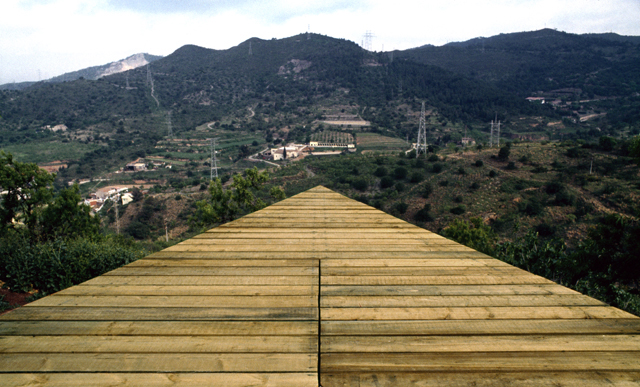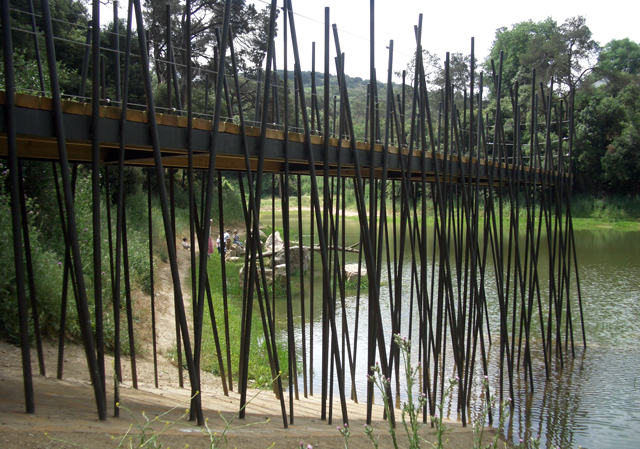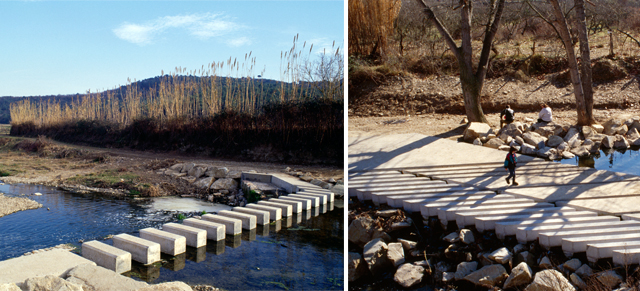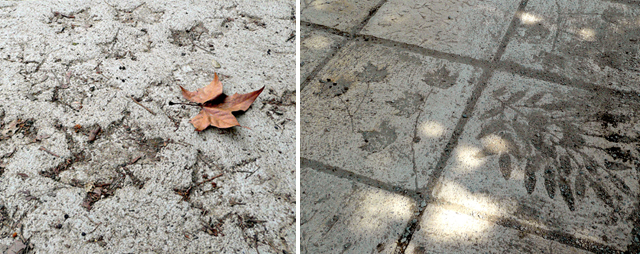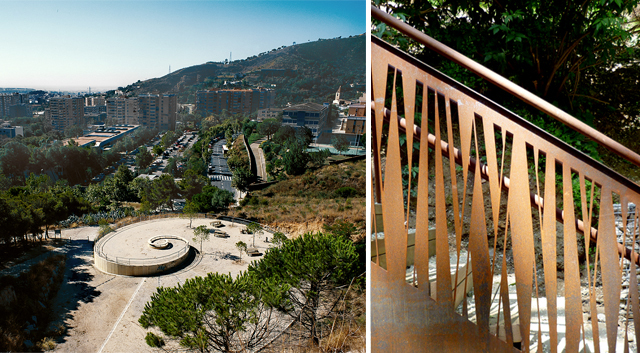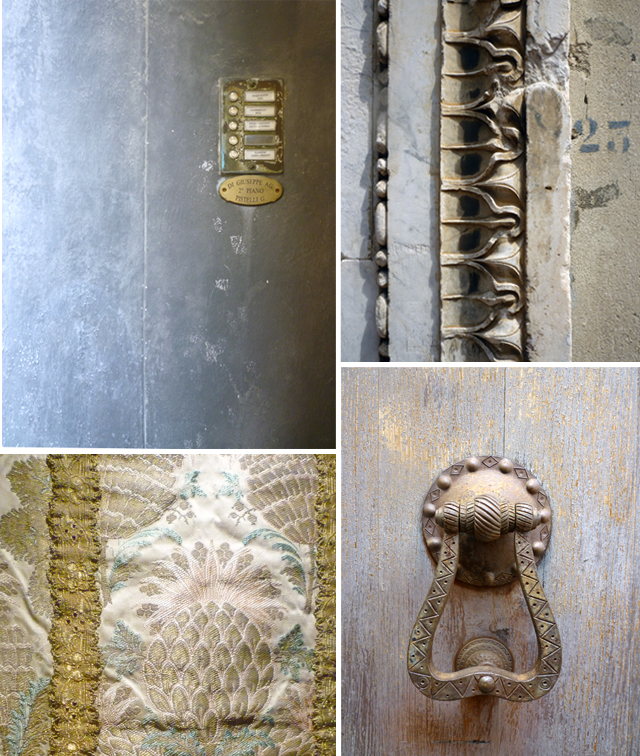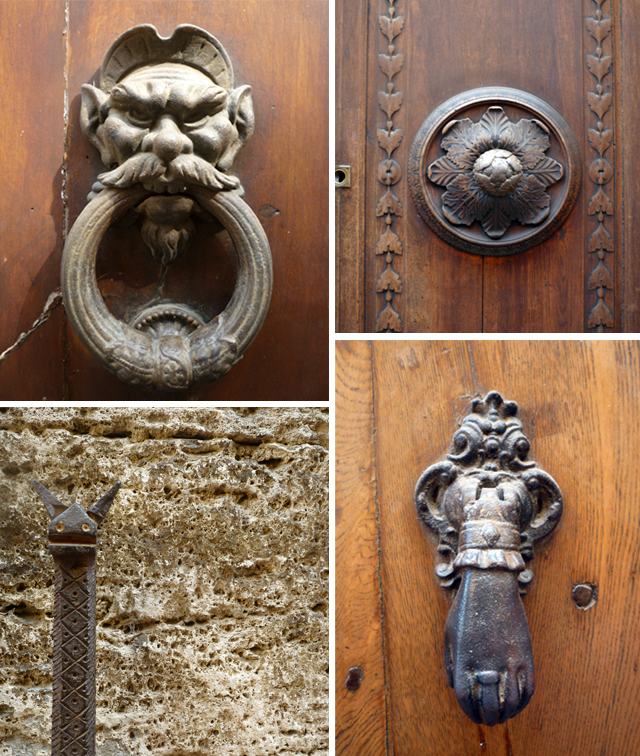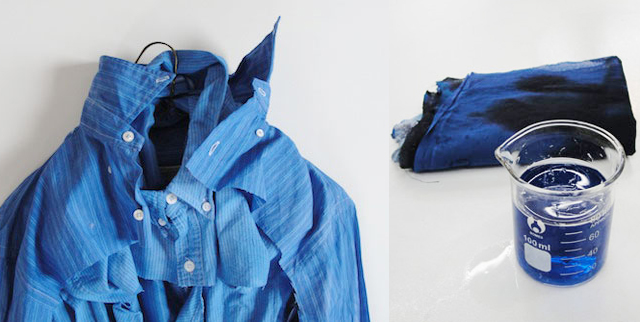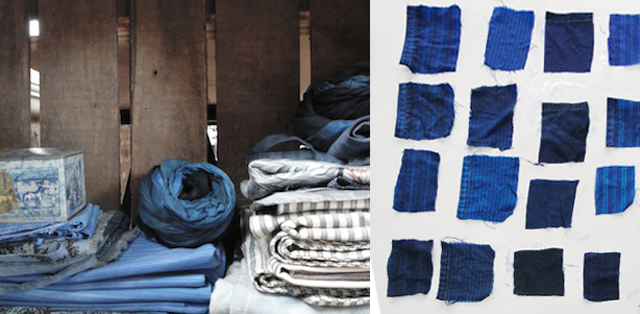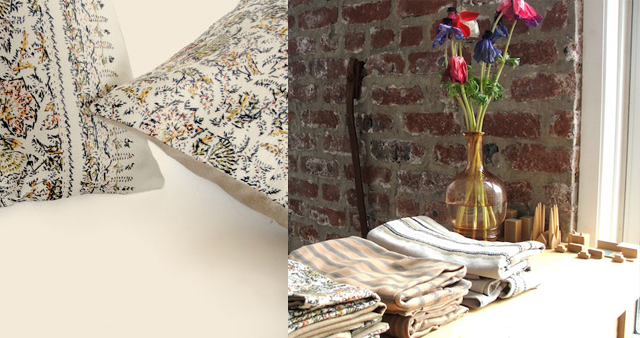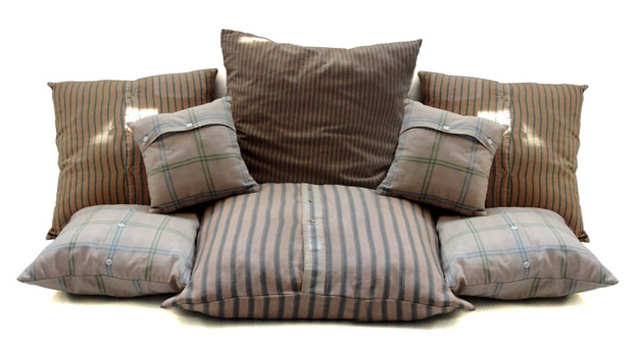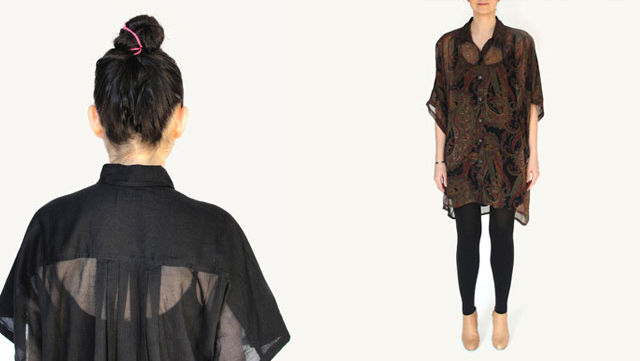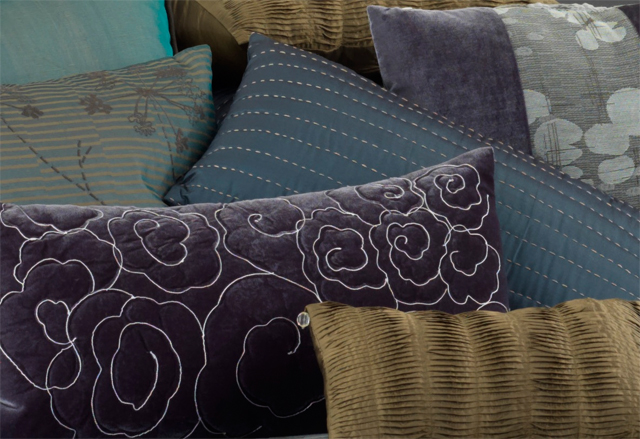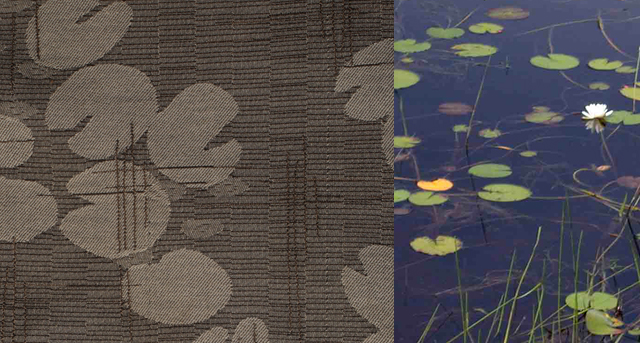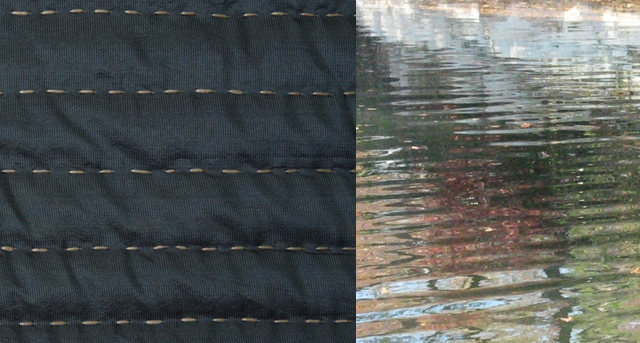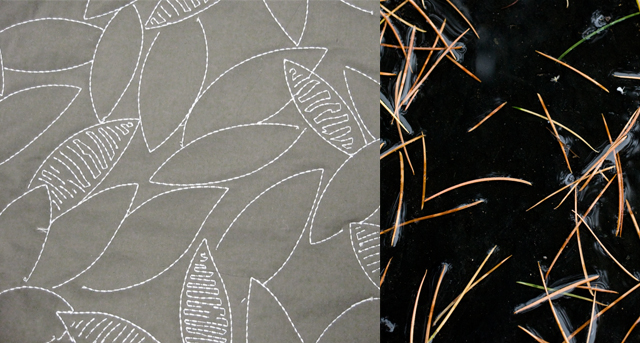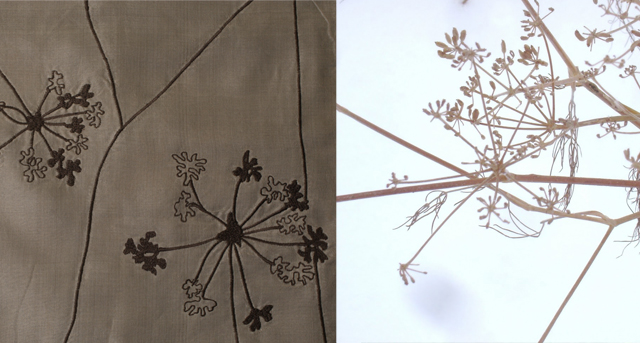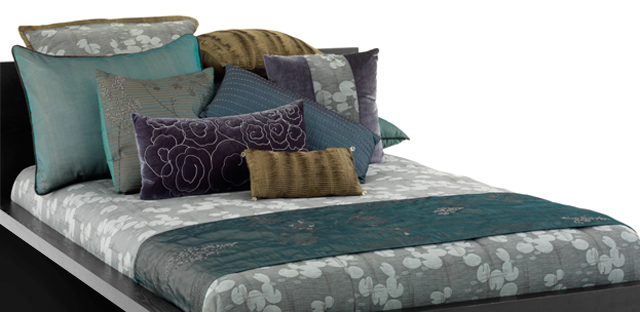When a company has a sense of purpose that goes beyond increasing its profits, that is what makes for a truly great project. Since its establishment in Terrassa (Barcelona) in 1983, Teixidors has been committed to generating well being for people with learning disabilities by supporting them and giving them a specialized, integrating job as manual weavers. While doing this, it has maintained the highest level of quality both in the manufacturing and the raw materials used to create their woven pieces.
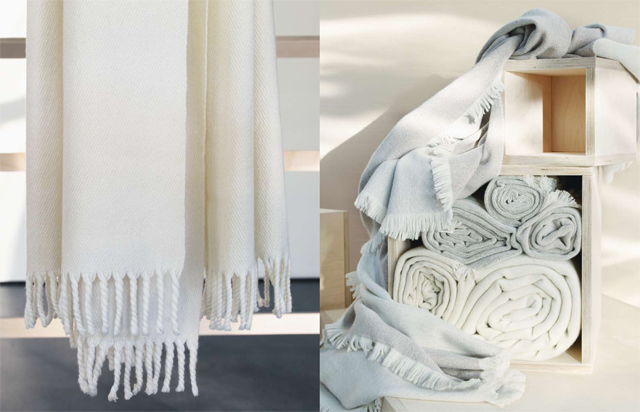
Teixidor’s products exude a quality which can be appreciated through the sense of touch, sight and smell. The noble materials with which each piece is hand woven in the wooden looms convey a process of memory, dedication and dignity. A thousand-year-old tradition — hand-weaving is an art that has been used by people to express their cultural identity.
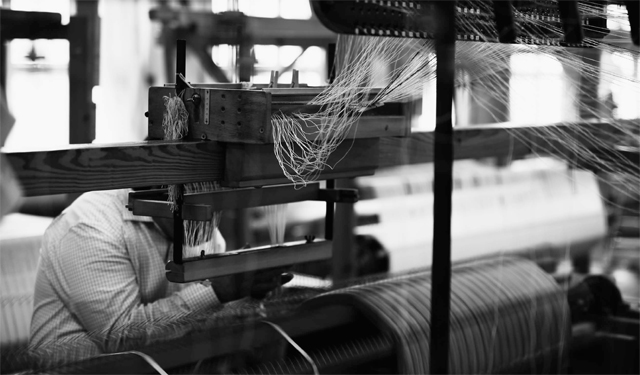
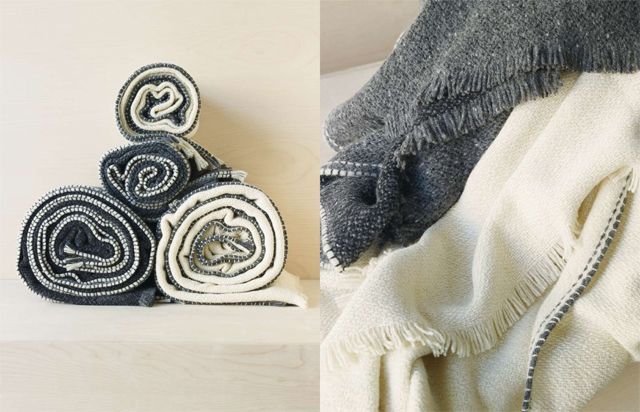
“It is a trade that develops manual skills and sharpens the senses; an activity used by Teixidors to boost the labor and social abilities of people with learning difficulties. The looms turn these people with special needs into artisans: a singular idea from which unique products emerge. Each finished piece contains the story of a pair of hands.” (excerpt from the Teixidors book)
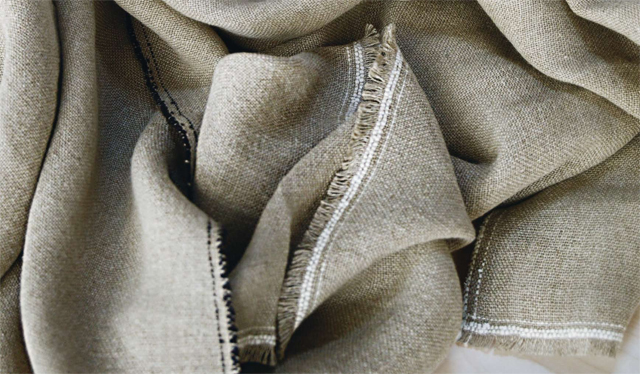
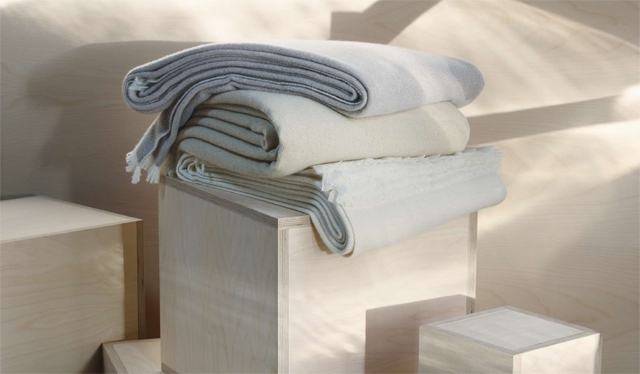
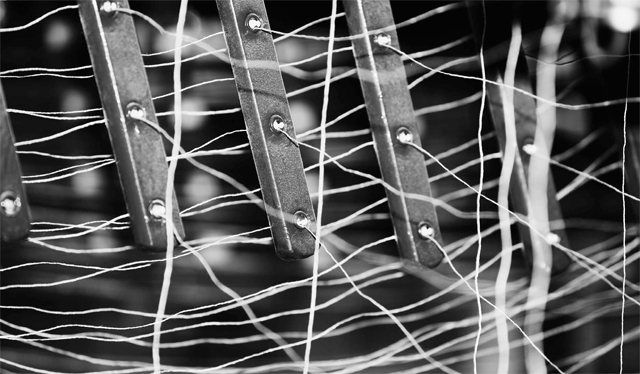
The looms — based on the design from 19th Century models — are used to help develop coordination and psychomotor skills in people with learning difficulties. The weavers, with their know-how, shape the products into scarves, shawls, plaids, blankets, curtains, tablecloths, towels.
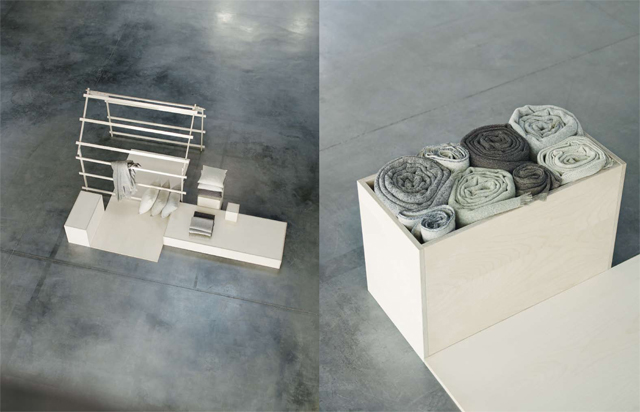
Only the finest materials nature can provide are used to create the range of textiles. The softness of cashmere is used to make light and sophisticated fabrics. The freshness of linen is used to create breezy textiles that promote relaxation and wellness. Elegant silk is combined with other materials to add softness and resilience. Noble Merino wool adds a rustic and warm touch.
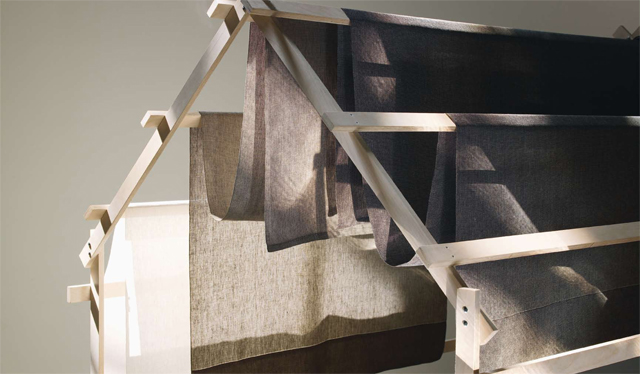

Once the skillful hands of the comber check and polish the finished woven piece, the finisher is in charge of calculating the right proportion of water, organic soap, washing times and ironing needed to turn all the efforts invested into a finished garment.
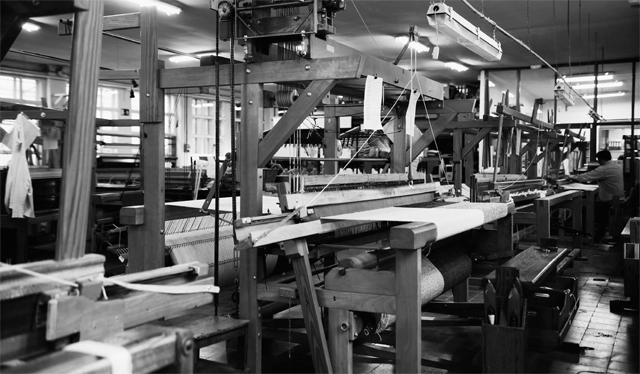
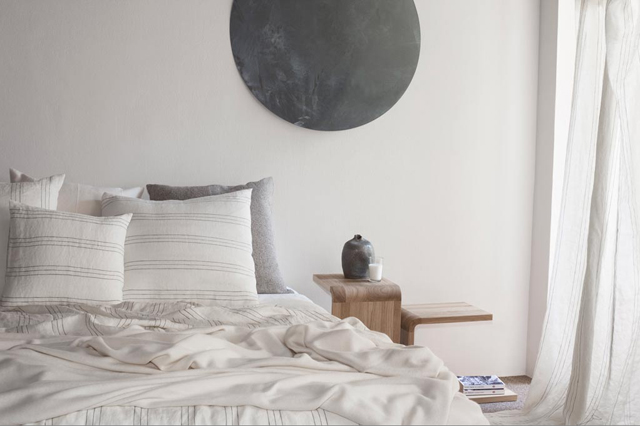
The final customer contributes the ultimate complicity to this project — by using and enjoying the products either on their bodies or their homes.
Here at BiniChic, we feel this is a very good example of luxury — it is not merely a brand-name that gives you the feeling of richness and well-being, but knowing that the process and the raw materials used to make that which surrounds you is environmentally and socially responsible.



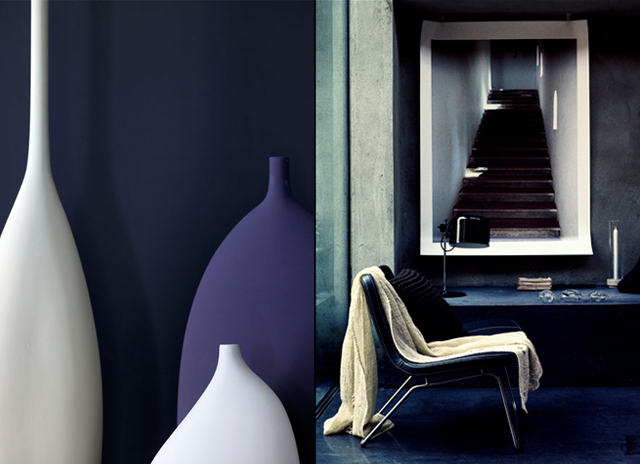
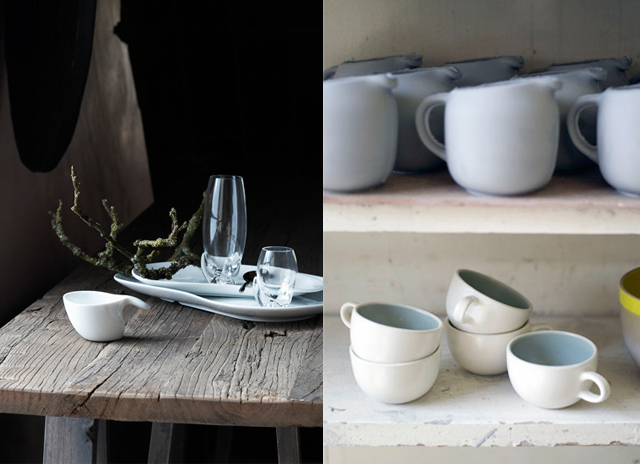
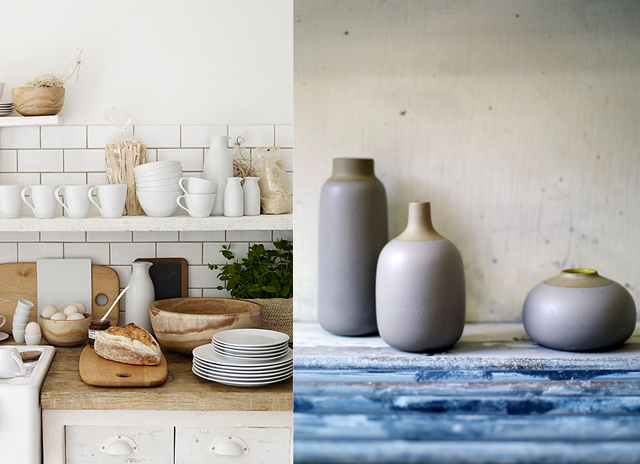
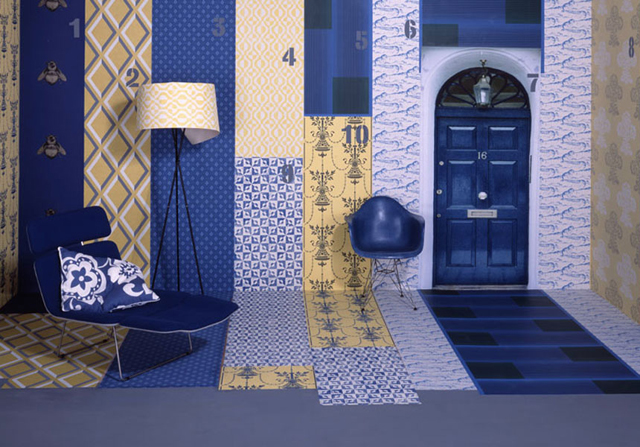
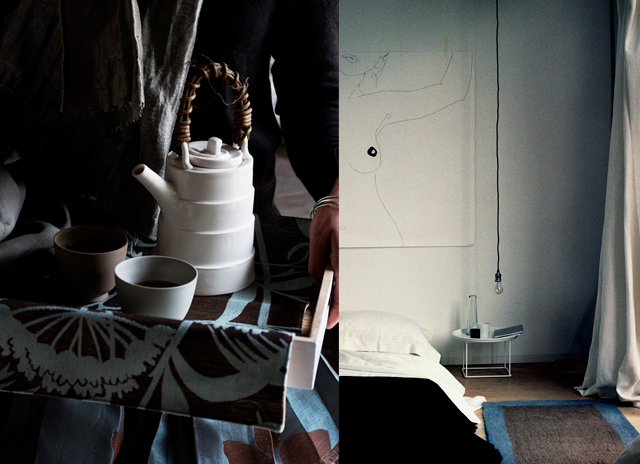
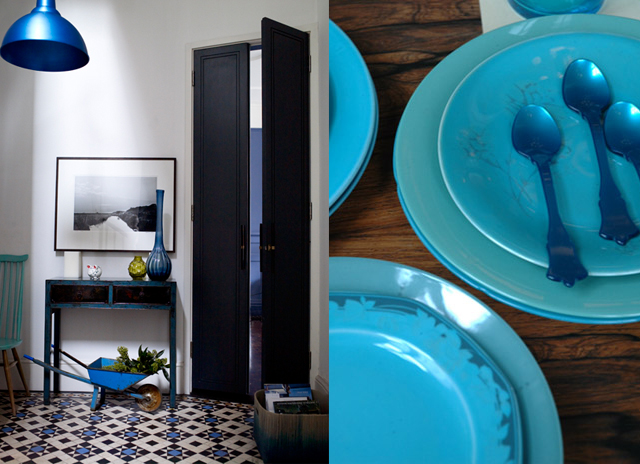
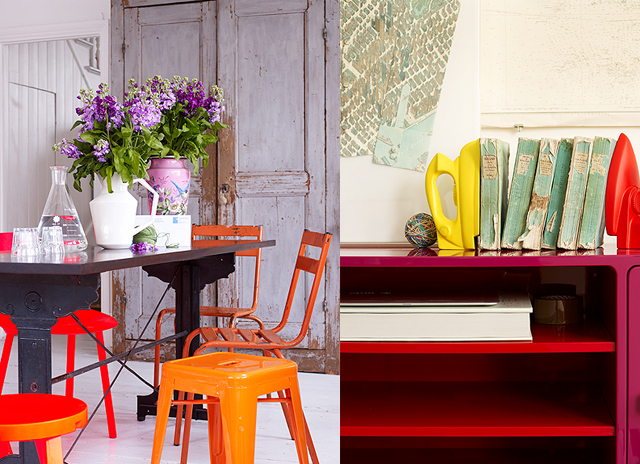
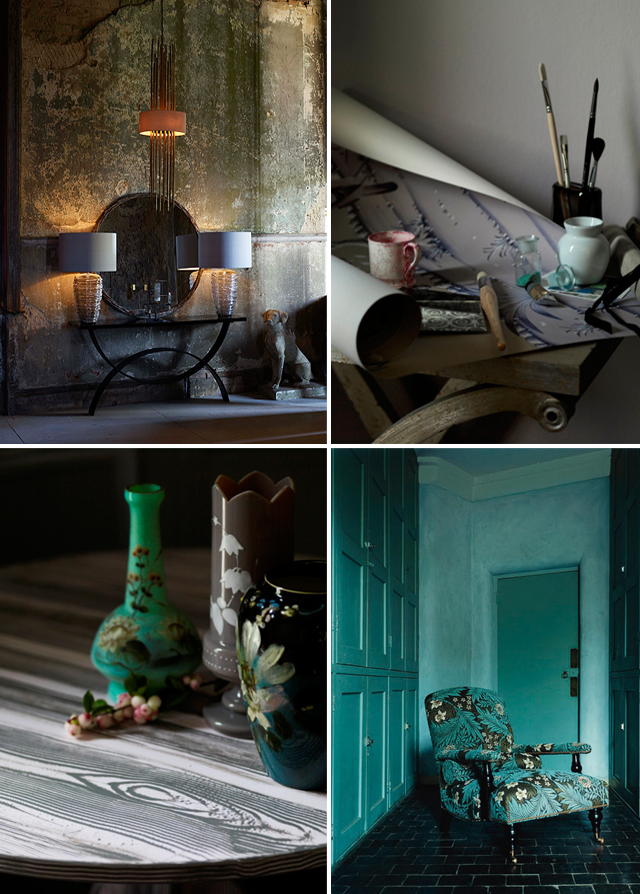
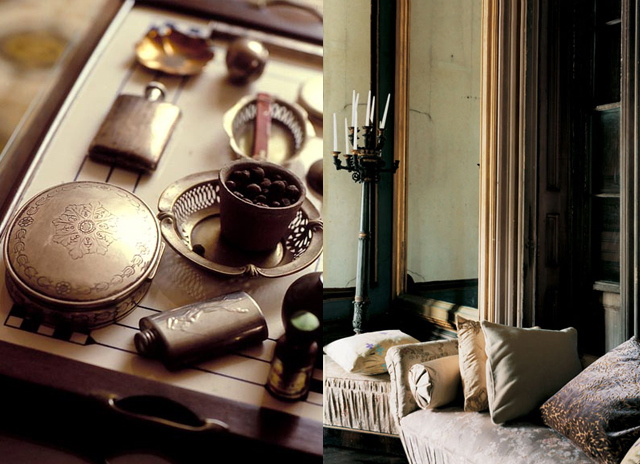
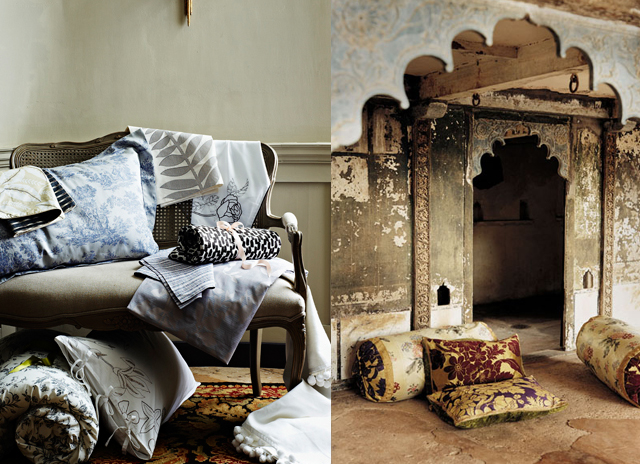

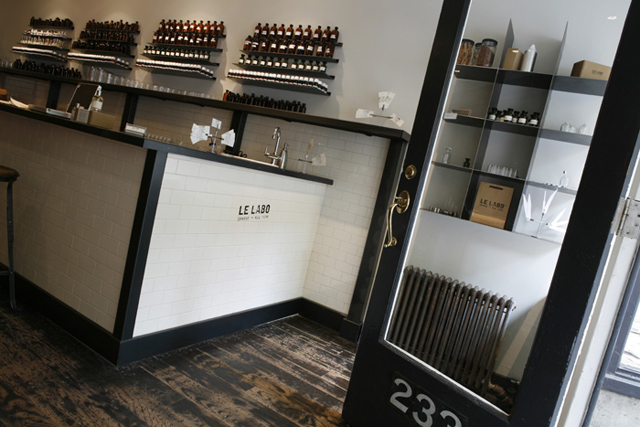
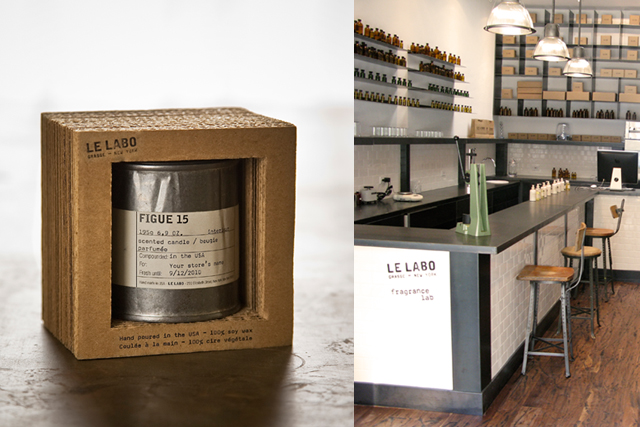
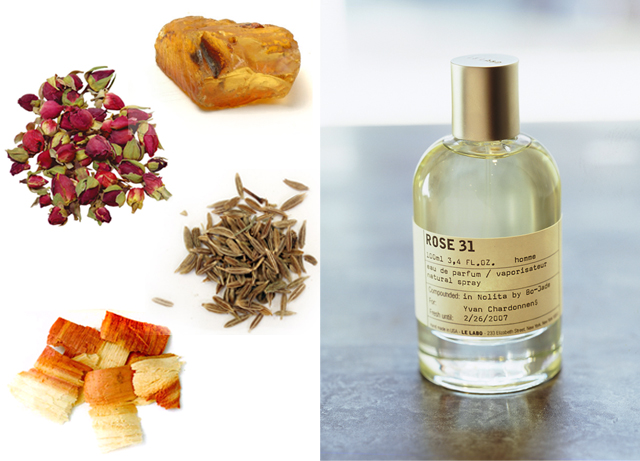
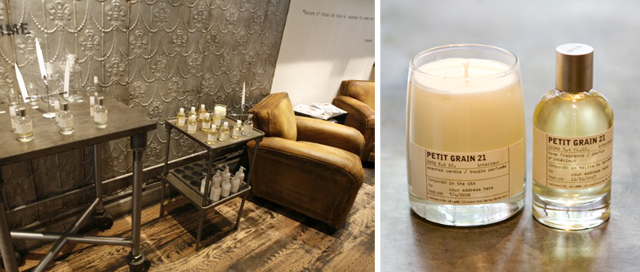
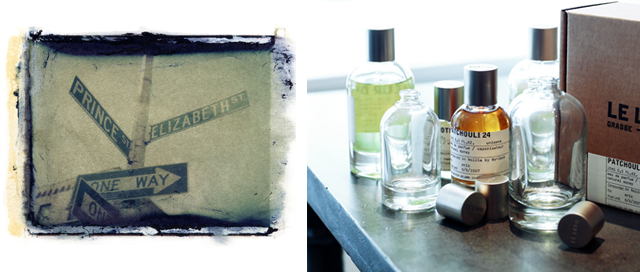
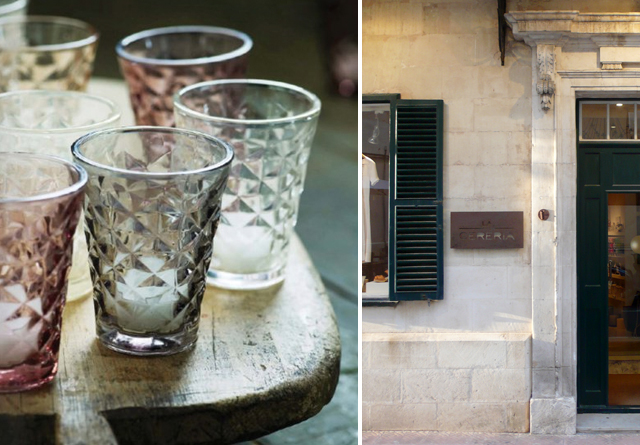
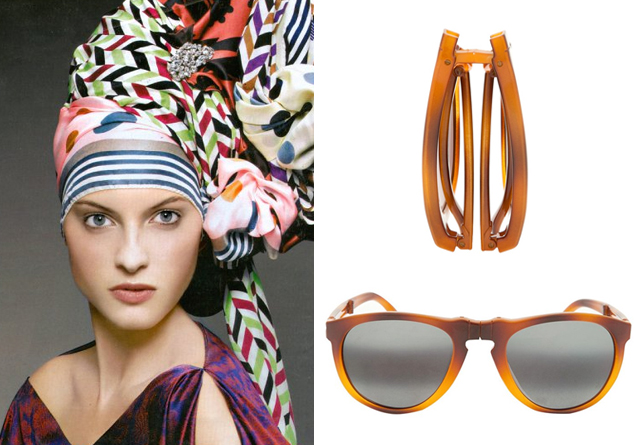
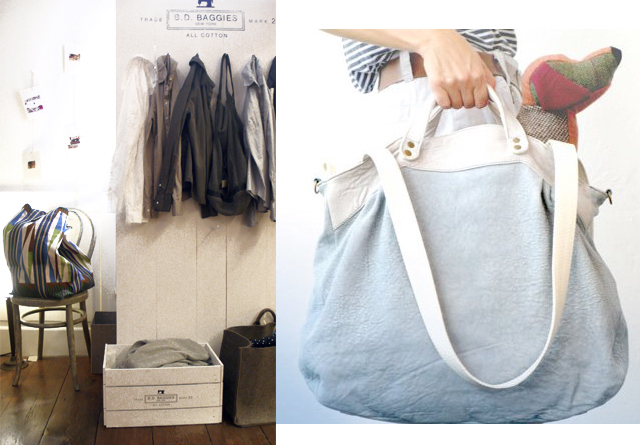
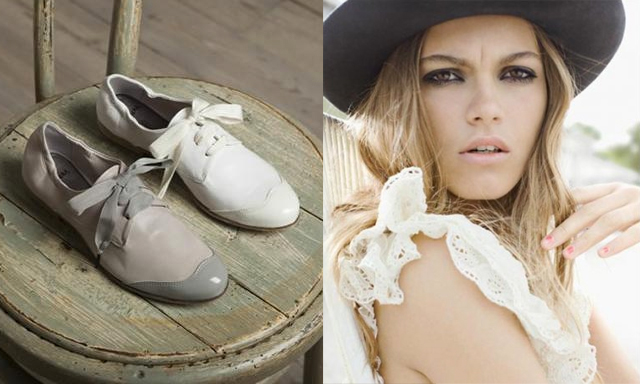
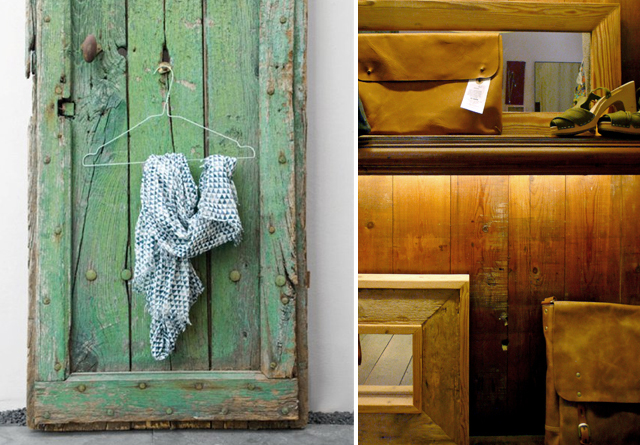
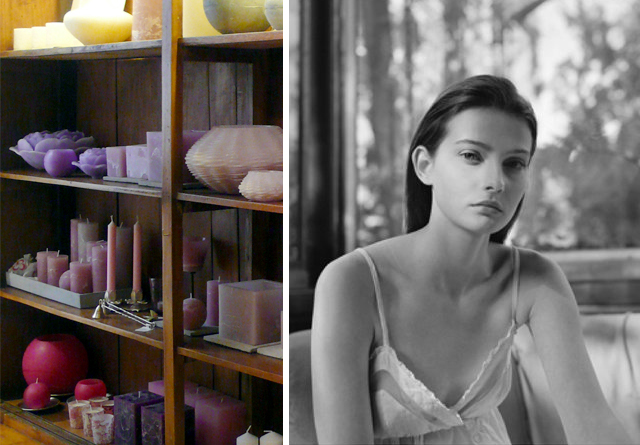

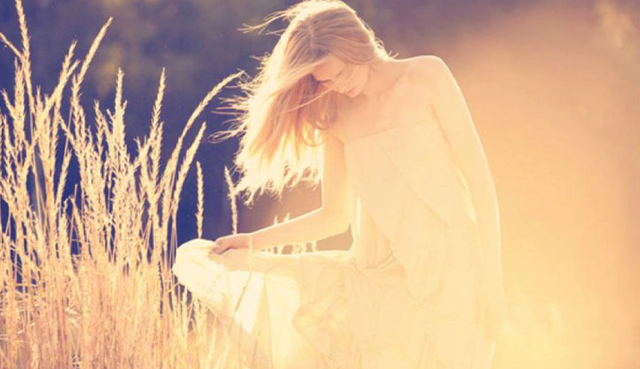
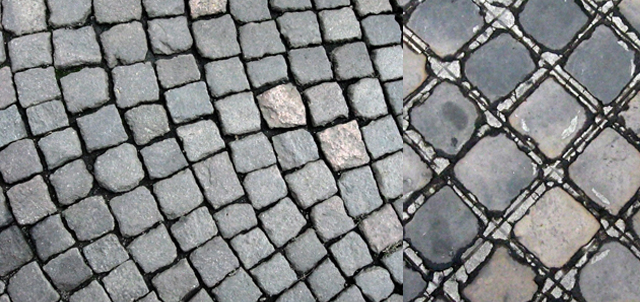
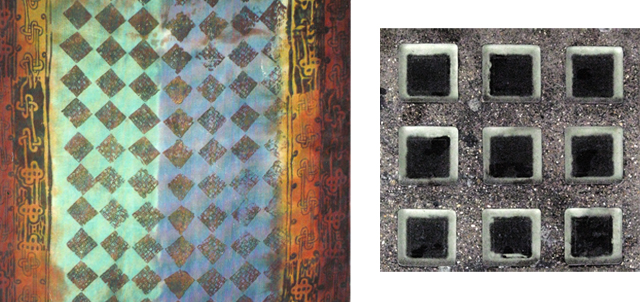
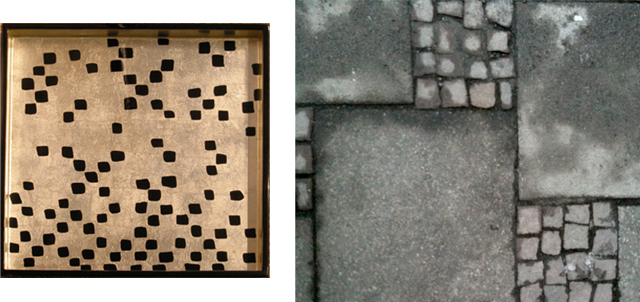
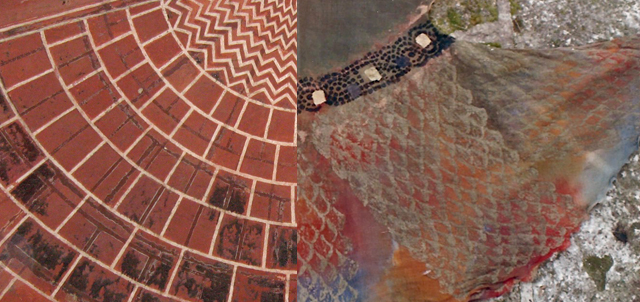
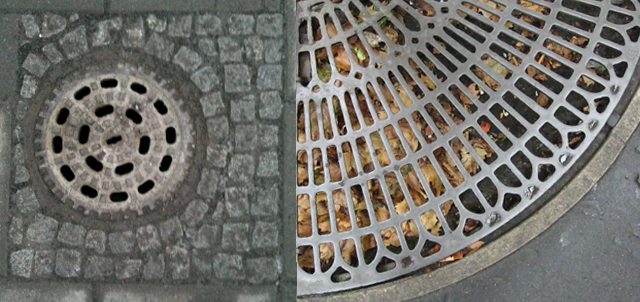
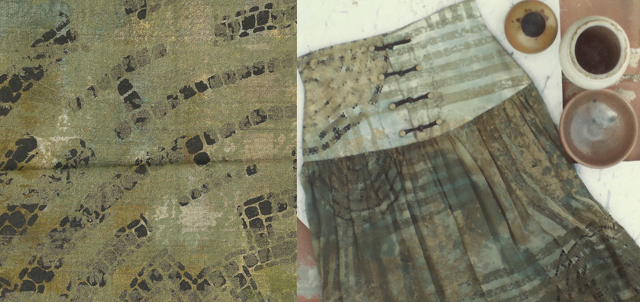
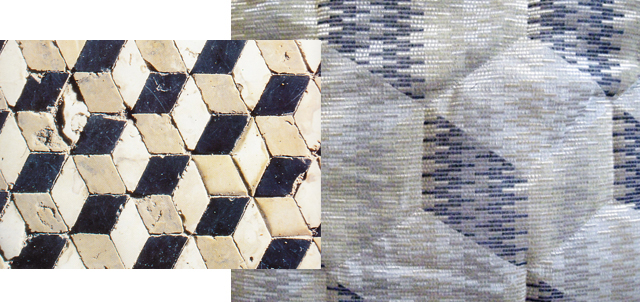
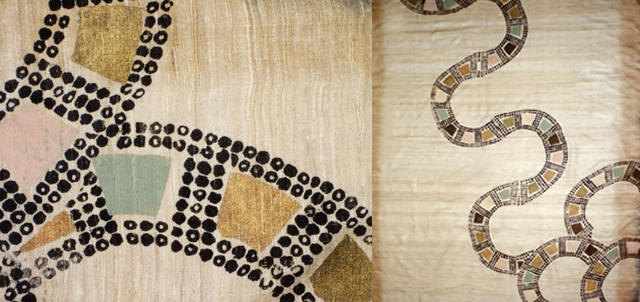
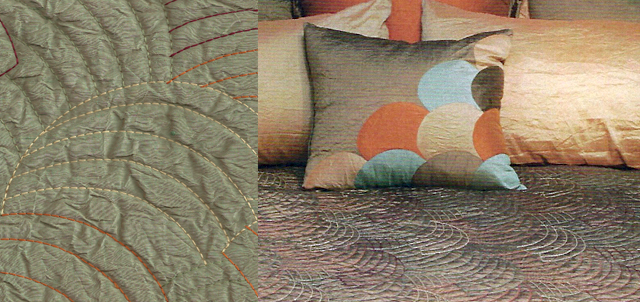
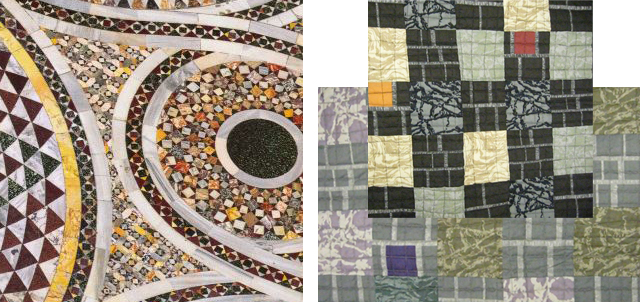
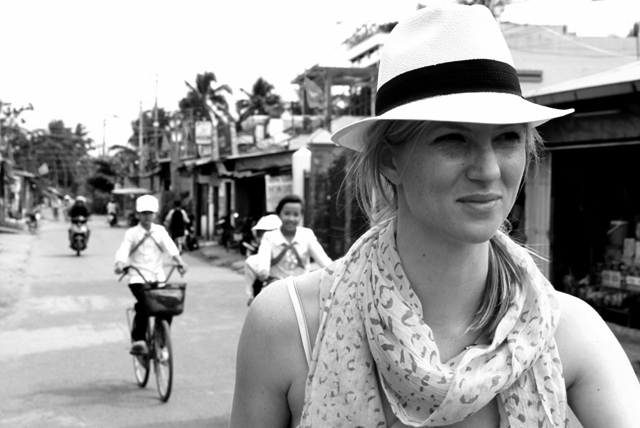
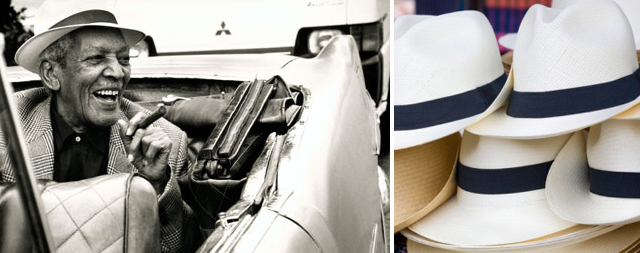
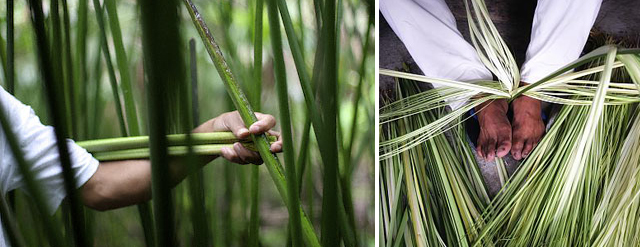
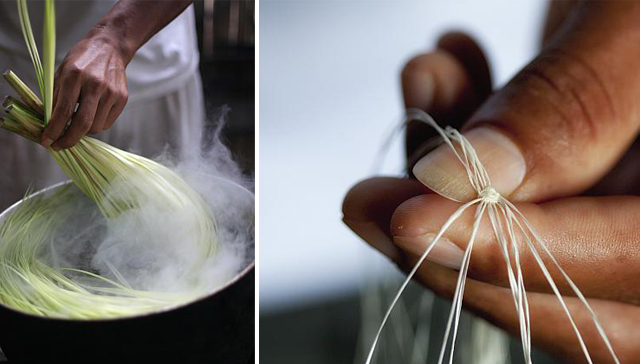
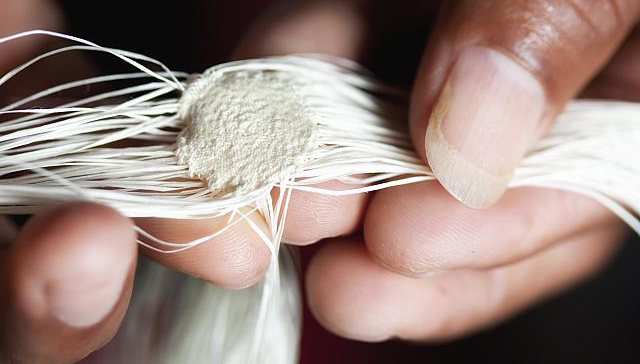
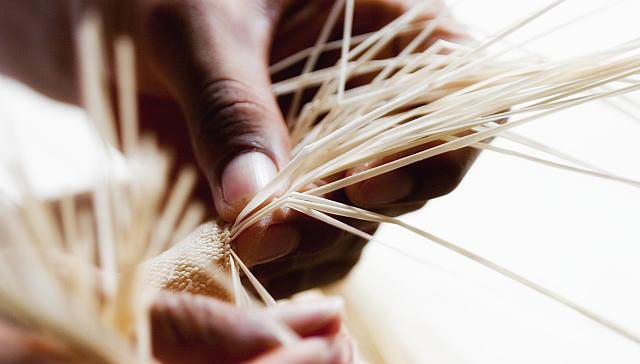
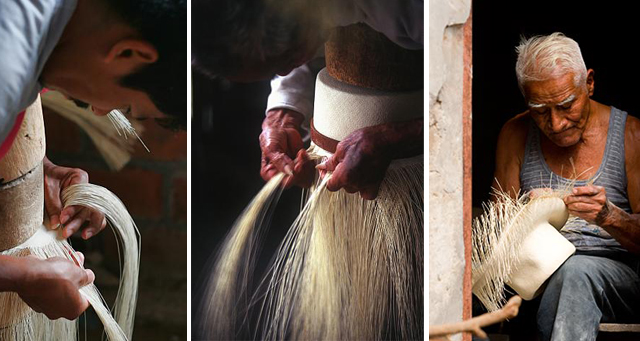
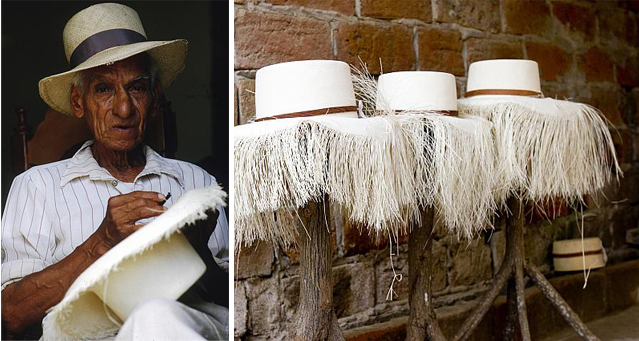
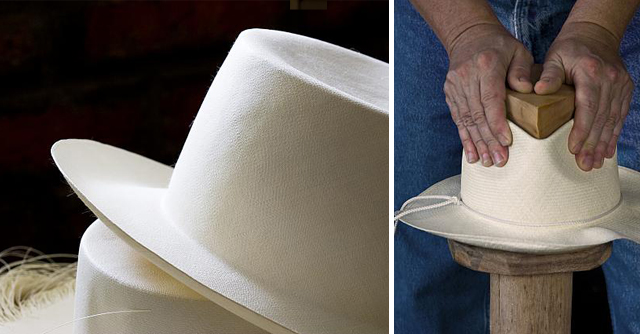
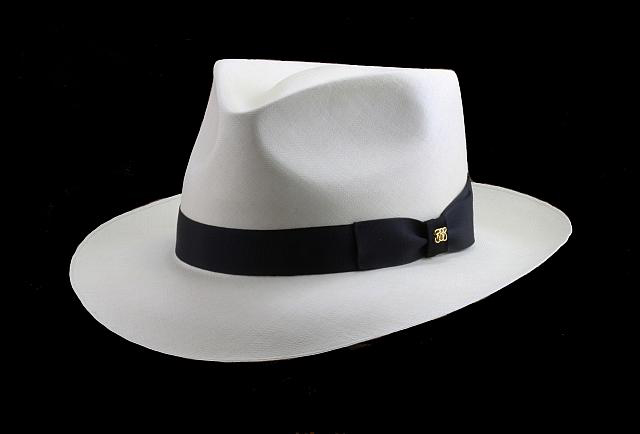
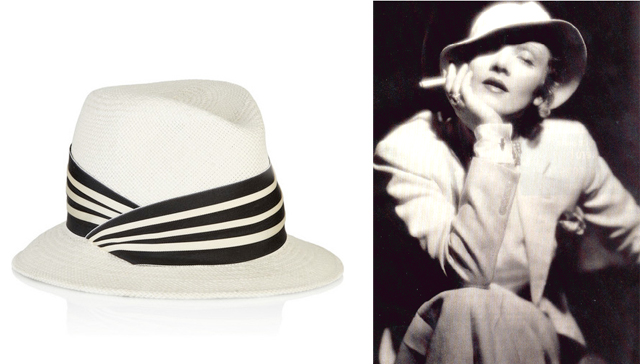 I am looking forward to dusting off my Panama Hat and taking it for a spin around the island’s beaches. Oh, one thing I was told by a Panama Hat maker to keep in mind is to never fold a true Panama Hat — the straw is very malleable and gets bent out of shape, and gets progressively brittle as it ages. Another good tip to keep in mind to recover your hat’s original shape, if for any reason it loses its form, is to steam it over boiling water while shaping it up with your hands. If you need to reshape the brim you can iron it as long as you protect it using a cloth in between.
I am looking forward to dusting off my Panama Hat and taking it for a spin around the island’s beaches. Oh, one thing I was told by a Panama Hat maker to keep in mind is to never fold a true Panama Hat — the straw is very malleable and gets bent out of shape, and gets progressively brittle as it ages. Another good tip to keep in mind to recover your hat’s original shape, if for any reason it loses its form, is to steam it over boiling water while shaping it up with your hands. If you need to reshape the brim you can iron it as long as you protect it using a cloth in between.